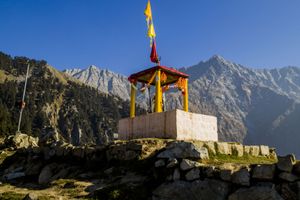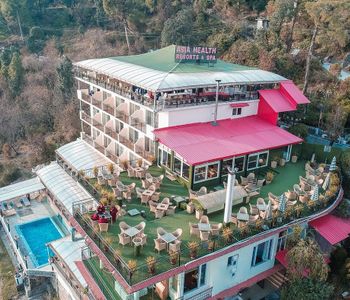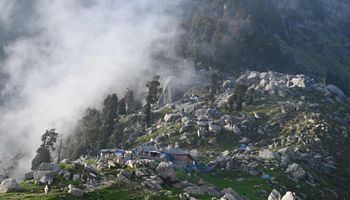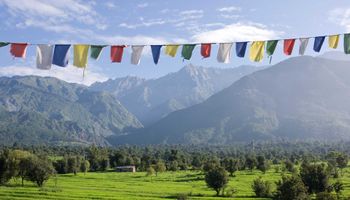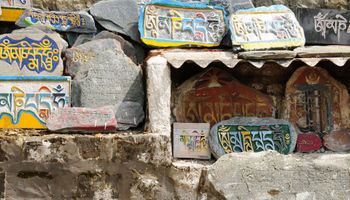Northern India welcomed Tibetan exiles many years ago. Because of their permanent exile status, this peaceful community has built a life in and around the town of Dharamsala. Today, you can visit the Tibet Museum at Gangchen Kyishong, which is near the Library of Tibetan Works and Archive. Learn all about the Tibetan people as you enter this breathtaking exhibition.
Exploring the Updated Museum
The permanent exhibition details the Tibetan culture from its beginnings to future endeavors. By using photographs, testimonials and historic objects, the museum focuses on Tibet's cultural and political ideologies. In short, the exhibition introduces visitors to Tibet and His Holiness The Dalai Lama.
Truthfully, the personal tales described by real Tibetans are museum highlights. Because these accounts are from real people, the Tibetan struggle comes into focus for many visitors. From a dramatic exile to a fight for cultural preservation, the Tibetan people have an important story to tell the world.
Discovering New Exhibitions
Remarkably, the Tibet Museum has space for temporary exhibitions. For 3 to 4 months, each exhibition has its own space to detail another facet of Tibetan life. These exhibitions might originate from Tibetans or other qualified people, such as scholars.
Each exhibition has its distinct theme, such as a scientific look at Tibet's maps over the centuries or a detailed account of Tibetan currency. Ultimately, every aspect of Tibetan life can be examined for its purpose among the people and how the culture fits into the modern world today. The Dalai Lama is quite often a subject of these exhibitions, too.
Uncovering the Traveling Exhibition
Learning about Tibet is possible outside of the museum. Today, this organization has photographic panels that are easily transported to other locations. For example, museum curators set up the panels at a nearby lecture or public gathering. Through these visual aids, everyone can understand the history, purpose and future pathways of the Tibetan people.
Quite often, these traveling exhibitions encourage visitors to see the Tibet Museum. Each year, more people learn about the exile and its impact on an entire culture. In the end, educating the world about Tibet can only help its people.
Learning about the Tibetan Exile Through Lectures
The Tibet Museum is also home to a state-of-the-art auditorium where bimonthly lectures occur. Undoubtedly, attending a lecture is a highlight for visitors. These speakers are scholars, researchers and other professionals who have great insight about Tibet and its position in the global community.
Every lecture focuses on a distinct facet of Tibetan life, culture, history or politics. Through social media, visitors can see the upcoming presentations so that they can participate in the lectures. Certainly, this outreach benefits the cause and the visitors who are intrigued by the Tibetan culture.
Trying a Virtual Tour
The museum's updated website gives visitors a chance to virtually walk through the property. So, even if you cannot physically visit, this virtual tour is a simple tool to help you learn about Tibet. Click through the various rooms, tap on the information buttons and read about the people and culture. Indeed, the museum includes many videos, photos and personal stories to make the information come alive.
If you visited the museum in person, taking a virtual tour when you arrive home can remind you of some overlooked details. Taking a closer look at traditional Tibetan clothing, for instance, might be easier online. Also, reading some of the exhibition's wall summaries may refresh your memory.
Visiting the Property
Visit the Tibet Museum any day of the week. They're open between 9 a.m. and 5 p.m. However, the museum is closed on many Saturdays and Mondays. Ideally, check their website for updated hours especially when Tibetan festivals are scheduled.
Prepare for the visit by reading about the Tibetan people, too. With a rough idea about the culture, the museum can engage your mind even further. Overall, you might spend several hours strolling through the museum and enjoying the exhibitions. Videos and photos are the dominant features throughout the museum.
Every artifact and photograph paints a picture of Tibet's past and preserves it for future generations. By visiting the museum, you can contribute to this community's cause. In the end, exiled Tibetans can remain strong as they build their lives focused on peace and prosperity.






